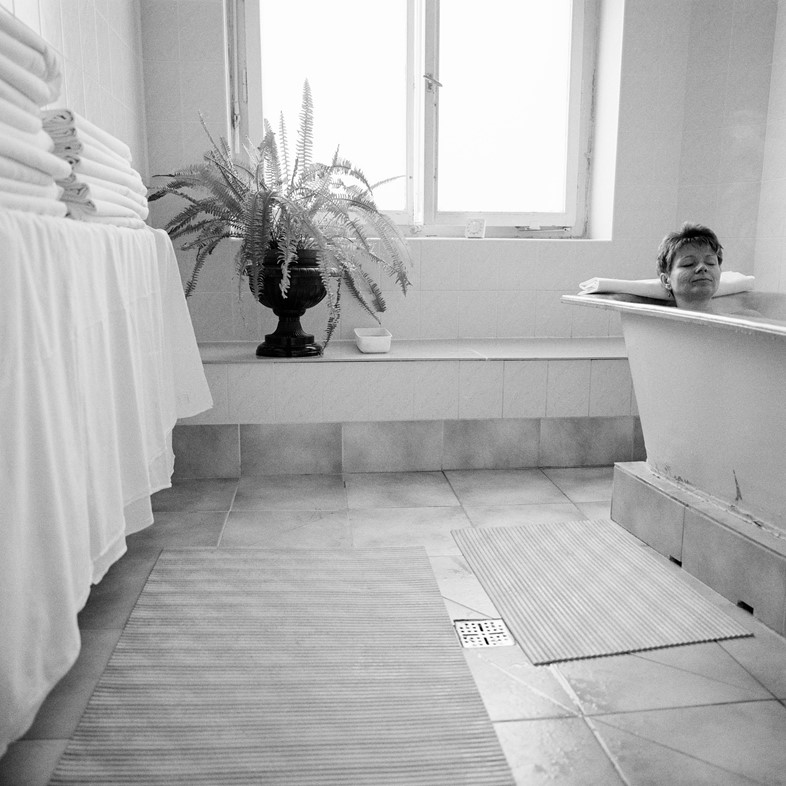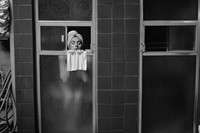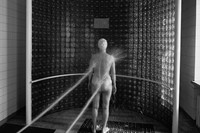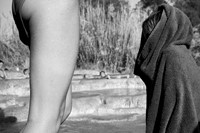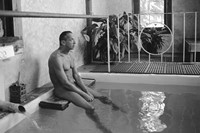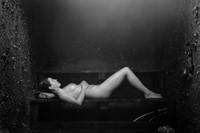Ruth Kaplan spent 12 years documenting communal bathing spaces, as outlined in a newly released photo book
“It started in the showers at the YMCA,” explains Canadian photographer Ruth Kaplan of her interest in communal bathing. “It was seeing this row of women shaving their legs together – there is a kind of a bonding that happens in those environments quite unlike any other,” she continues. Such was her fascination that over the period of 12 years between 1991 and 2003, Kaplan travelled the world documenting the nudist colonies of California, the hammams of Morocco and the saunas of Poland, where the unsettling history unique to that part of the world hung in the droplets of steam.
Inevitably, immersing herself so deeply in a project resulted in Kaplan’s own participation too. “I’d be a participant. I would never ask the permission of the owners of the retreats. I’d take the camera after a few days, and then would start to ask the people for the permission to photograph them. So every environment I shot in was a bit different in that way,” she recalls.
A newly released photo-book titled Bathers narrates Kaplan’s experiences through a series of black and white photographs. Shot on a medium format film camera, the use of a wide-angle lens allowed the photographer to get close to her subjects, rendering folds of flesh dimpled with cellulite in high-contrast, or capturing the peculiar ambience of a bath house via its surrounding architecture. As a result, each photograph quietly reveals which country it was taken in, without the need of a caption of any kind.
At California’s Harbin Hot Springs, the viewer gets a sense of the utopian attitudes of its bathers – a hangover from the Summer of Love – while in the spaces of Eastern Europe, a palpable sense of disquiet pervades. “My mother was a Holocaust survivor and my father came to Canada just months before the war. So I had a lot of ideas of what I might find there before I went,” says the photographer. “I came to those places with a lot of baggage – and especially when you’re going into the baths and showers... That was on my mind. But, there were so many other things at play. People were just coming out of the other side of these terrible regimes and having a camera kind of triggered certain things for people. There was a kind of a darkness to it, but also a real warmth in some cases.”
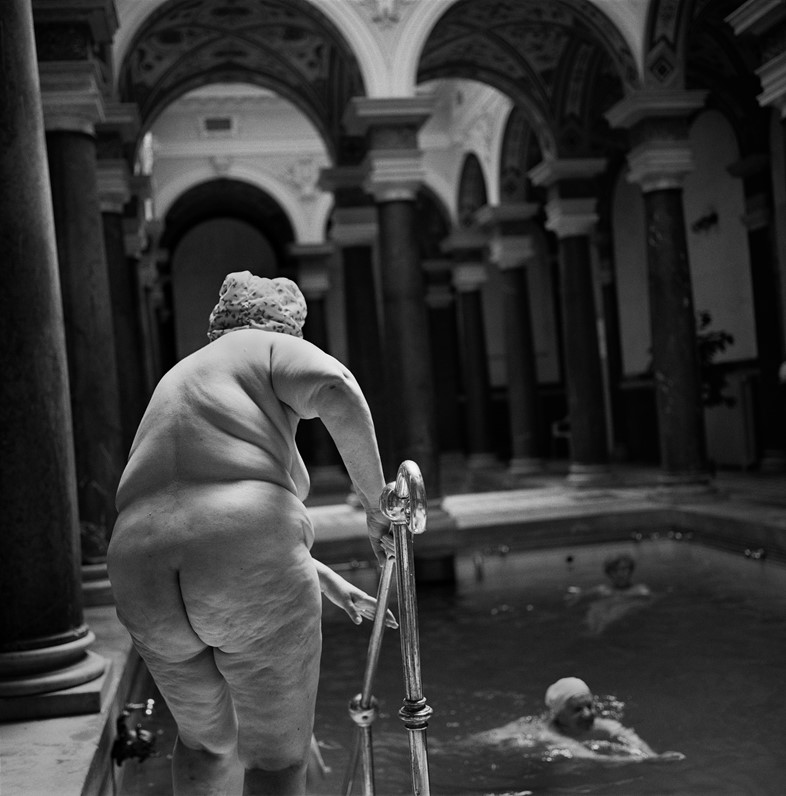
Kaplan also set out to demystify the nude as a subject, prising nakedness and its equation with sexuality apart. “It’s a part of humanity. We cover our bodies, remove hair – it’s all tied in with being such a sexual object. I wanted to break away from that, so wanted to make my images very natural, portraying a mix of age and gender and all shapes and sizes.” True to her word, the naked body is rendered sexless in her work: a flaccid penis bobbing above the surface of the water becomes humorous; a woman lying down with her legs slightly spread nothing but a state of relaxation. However, the photographer did encounter places where boundaries became somewhat blurred. “The only baths that had aspects of sexuality in an open way were in California. They’d do these flotation massages, but everyone was going around saying ‘can I float you? can I fuck you?’ There was nothing aggressive about it in any way, but it was certainly in the air.”
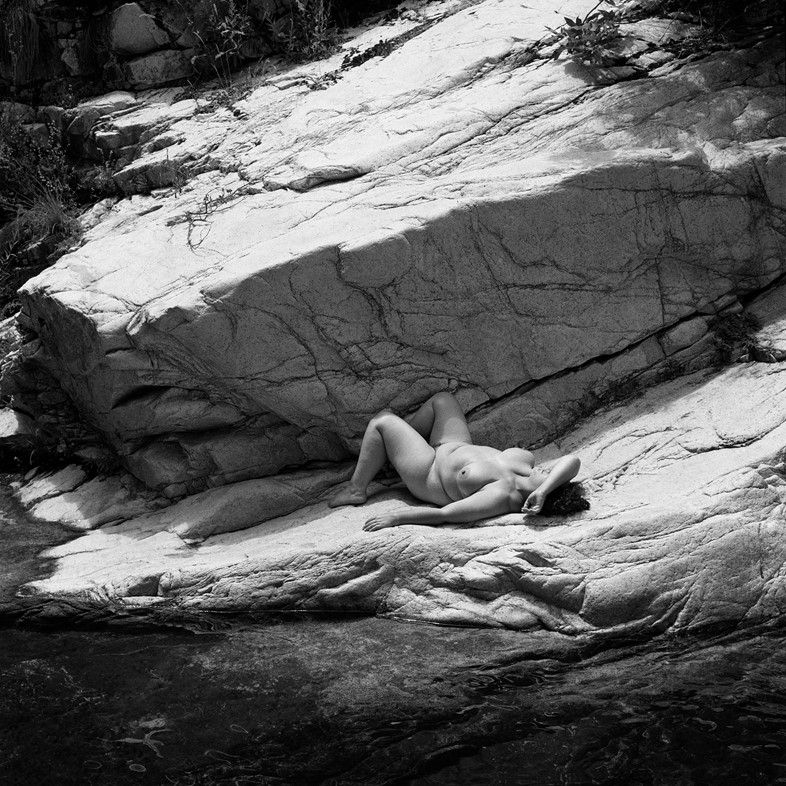
One of the photographer’s greatest influences is the work of Larry Fink. “I took a workshop with him in the early 90s because I was stuck in a rut doing commercial projects. We became good friends. My obsession with bathing started almost right after. He was very much part of the beginning of that project, helping me edit. In fact, one of my first experiences of bathing outdoors was in his bathtub on his farm in the woods.” The thread that binds the work of the pair together is a preoccupation with flaws. There are distinct echoes of Fink’s 1970s series Social Graces in Bathers, too, in which candid depictions of Manhattan’s wealthy elite were juxataposed with a series of images taken in working-class Pensylvania. Here, Fink demonstrated that if it weren’t for the tuxedos and ballgowns contrasting with the tatty floral aprons of housewives, ultimately, they’d be indiscernible; when caught off guard, the grittiness of human behaviour transcends social status. With Kaplan’s photography, where sartorial symbols are abandoned, she gestures towards the same thing: we’re all equal in our nakedness.
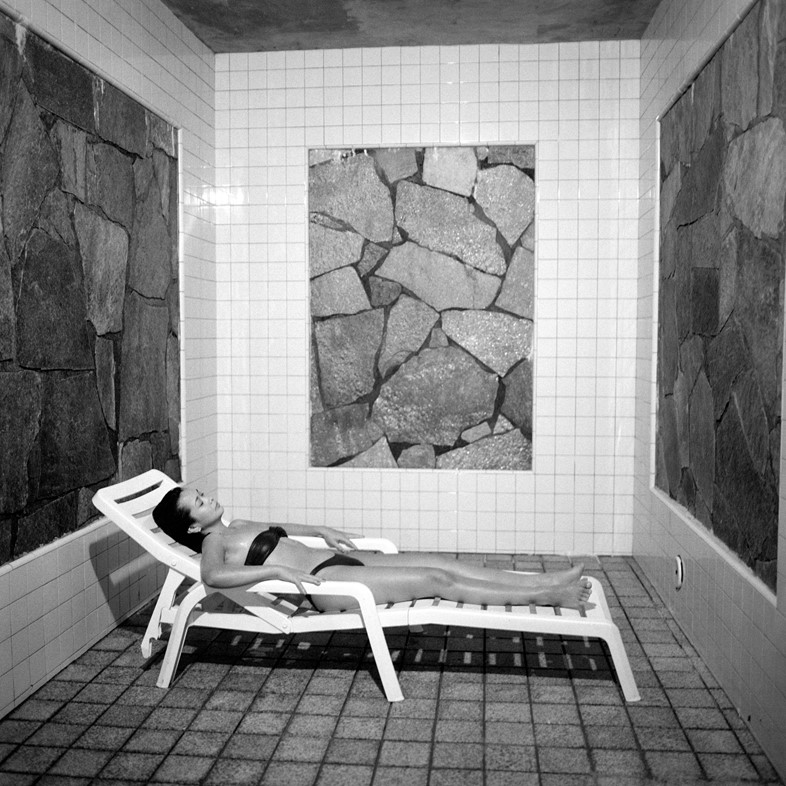
Bathers by Ruth Kaplan is out now, published by Damiani Books.
